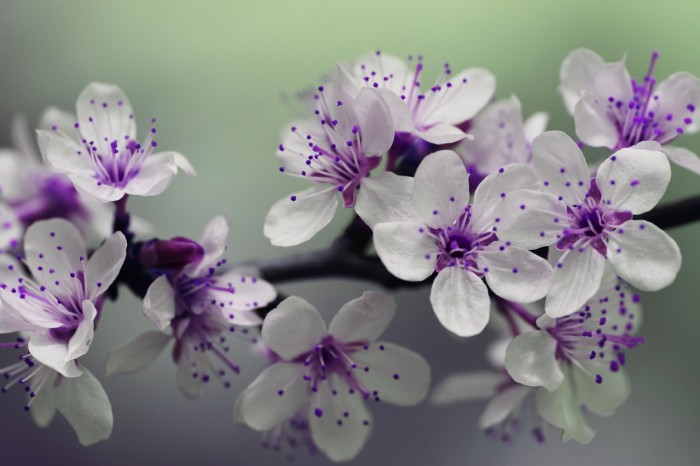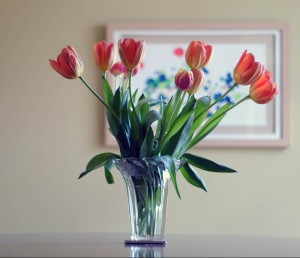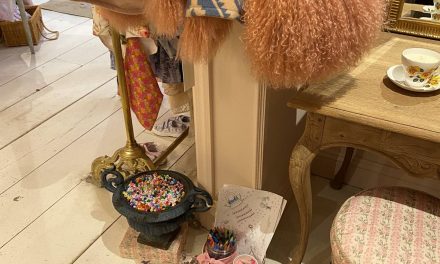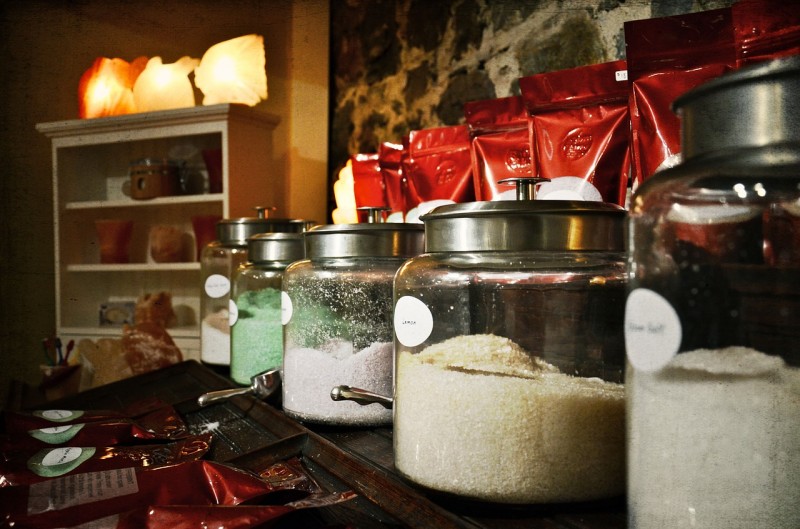For those hoping to spruce up their home without blowing their budgets, florals offer affordable home decor options. As such, they have remained consistently strong sellers in gift stores. Still, to really tap into the market, you need to market your florals to best advantage.
Many customers show up knowing exactly what they want. They’re the sure sell. But there’s plenty of others who are more on the fence. They may be considering florals, but they’re not yet sold on the idea, and they’re not sure what would work best for them. It’s with these customers that creative displays can make or break a deal.
“You can’t be passive with florals,” says Robert Jones, executive creative director of Allstate Floral & Craft in Cerritos, California. “You need to ‘show and sell.’”
Creating an indoor “flower stand” or two can pack a real display punch. Place multiple pots or other containers filled with individual stems, bunches and/or pre-configured, ready-to-sell floral arrangements on a small cart in a high-traffic area of the sales floor. Buckets of stems positioned on graduated risers produce the same effect. A small chalkboard with “flowers” or information such as types of flowers and prices emblazoned in colorful letters lends another element of distinction.
“A “flower stand” is sure to attract customers’ attention,” Karolyn Howard, designer at Great Finds in Holmesville, Nebraska agrees.
Some vendors also advocate showcasing the products as they would appear in a residential setting. That means building a mantel and embellishing it with a garland, for example, or grouping individual stems in vases and placing them within room vignettes. Pre-made floral arrangements can be merchandised in much the same fashion, displayed in vignettes just as they might be placed in the customer’s home.
Cross-merchandising florals with gift items that sell well with them—for example, candles and potpourri—works nicely too, Karen Fann, vice president, of KMI International purports. Displays should be well organized, such as through color coordination, encouraging patrons to make florals an impulse purchase alongside what they had intended to spend their money on in the first place.
Peggy Caldwell, design director, Decorator & Craft Corp. (DCC) in Wichita, Kansas, agrees. “Grouping florals in one area doesn’t seem to sell the products the way showing customers how they would use them in conjunction with a home setting does,” she asserts. She adds that whether featured in vignettes or simply used as “accents” on counters, shelves or the like, florals command the highest degree of attention when placed in a vase or container with a complementary design. For example, DCC advises retailers to showcase its white irises in one of the company’s indigo blue vases, which tout embossed white iris silhouettes on their faces.
What’s more, even if some or all of their florals inventory is displayed in a more “traditional” fashion, merchants can—and should—devote a bit of extra effort to presentation. For wreaths and garlands, Jones likes the idea of suspending three to six pieces of each SKU on a rod or similar fixture; “it’s a commodity look, but it still lets shoppers see fairly clearly more of what is available”, he explains.
According to Lynn Mugno, CEO of Right Choice USA Farms (formerly Floral Concepts International), arranging rows of containers of single stems—organized by color, yields good results as well. “A grouping of reds, with a grouping of purples behind it, etc. looks very nice,” she states. “Plus, it makes it easy for customers to look at colors and shapes one-by-one and decide what they would like.”
When innovatively merchandised, florals will no doubt continue to plant the seeds for profitability in gift shops of all types and sizes.










